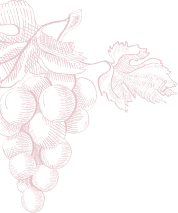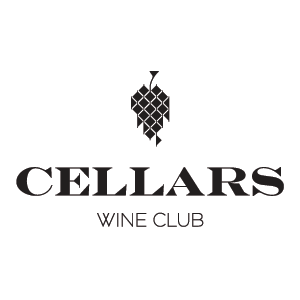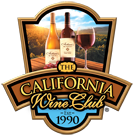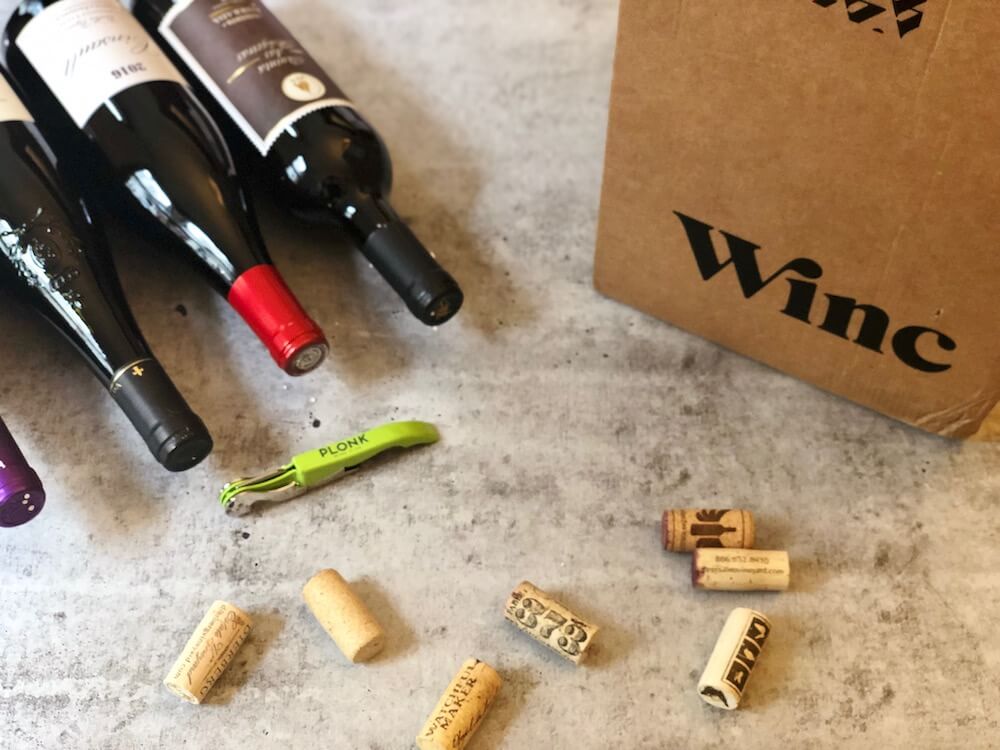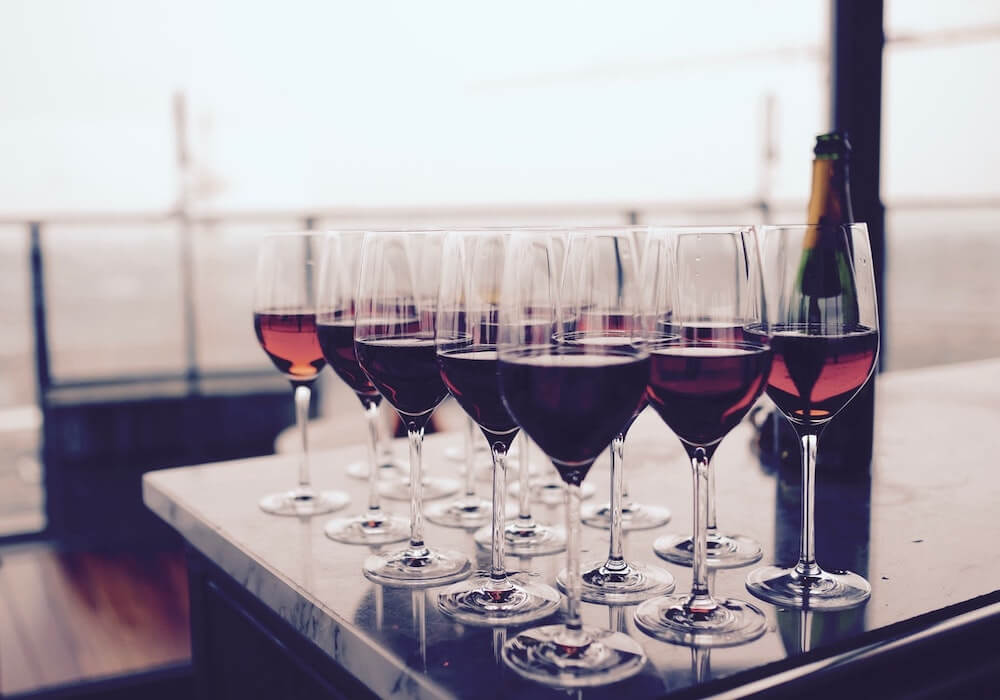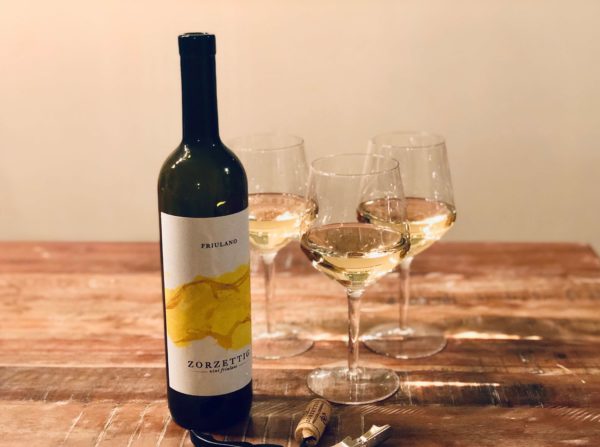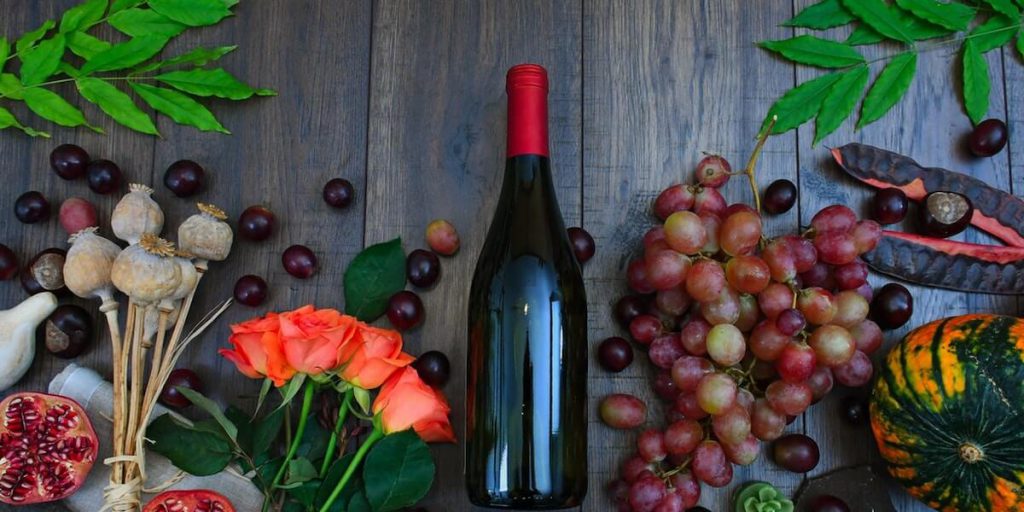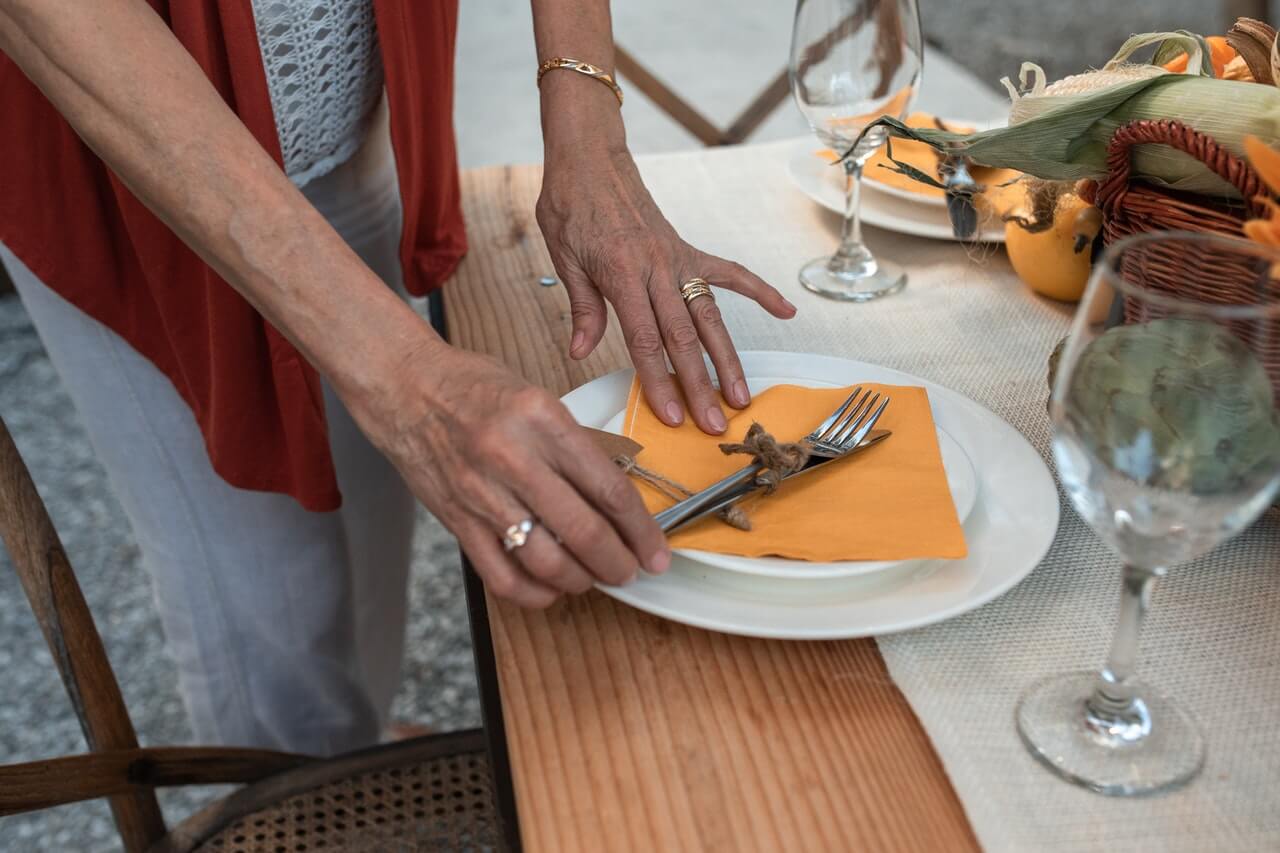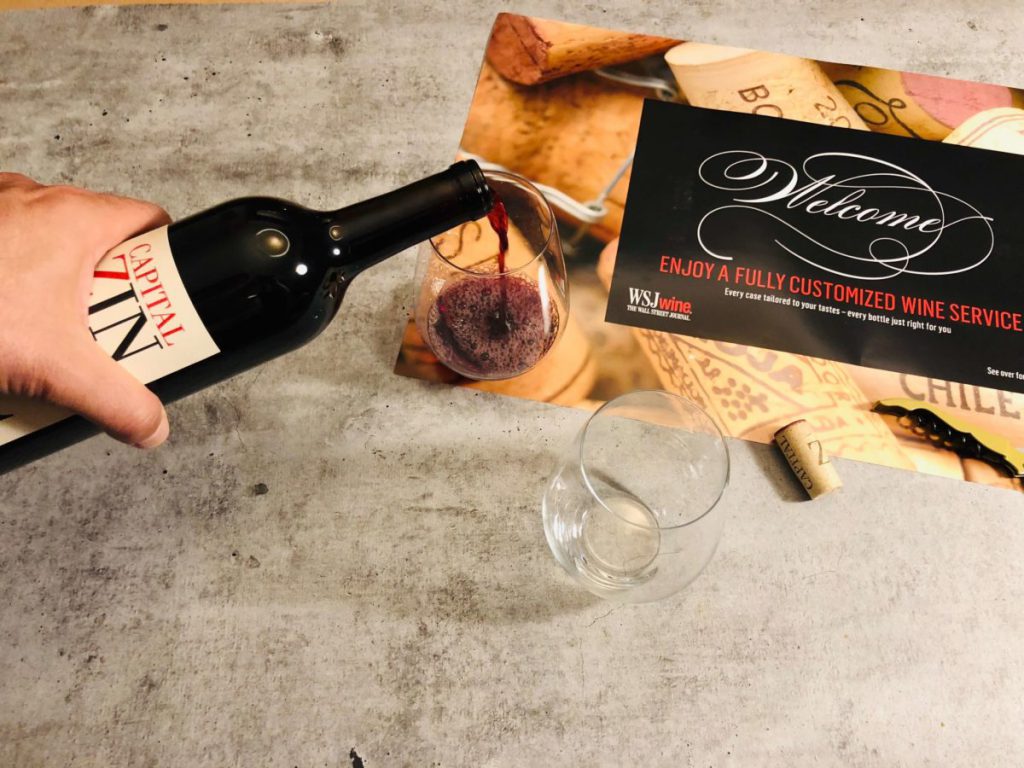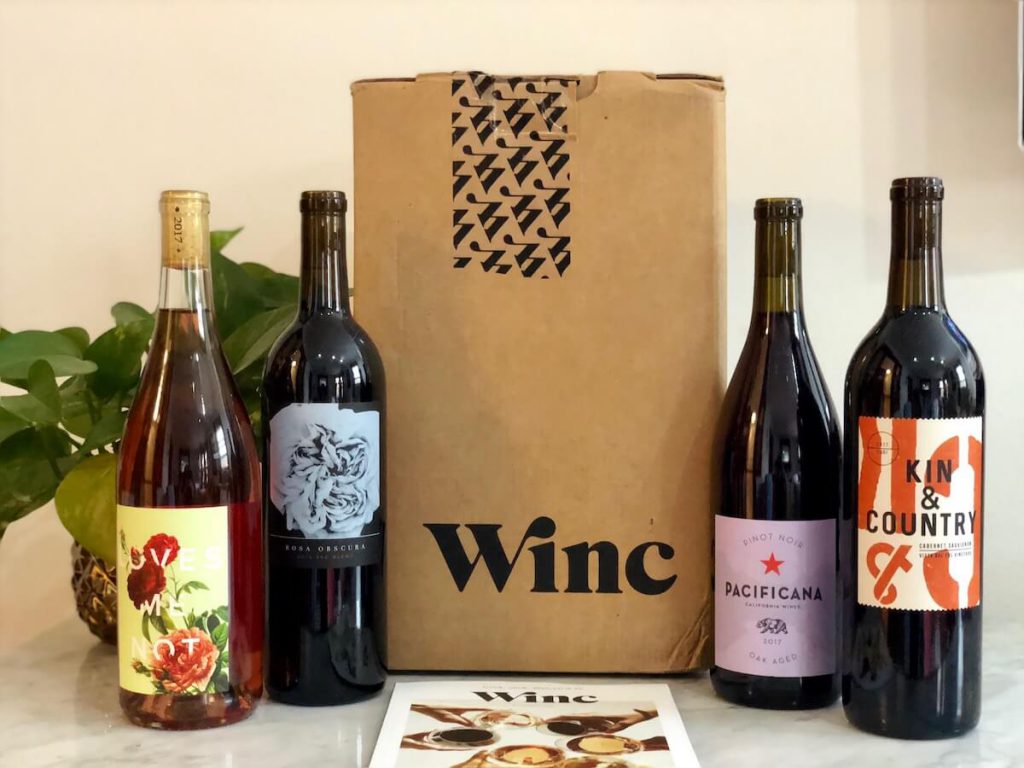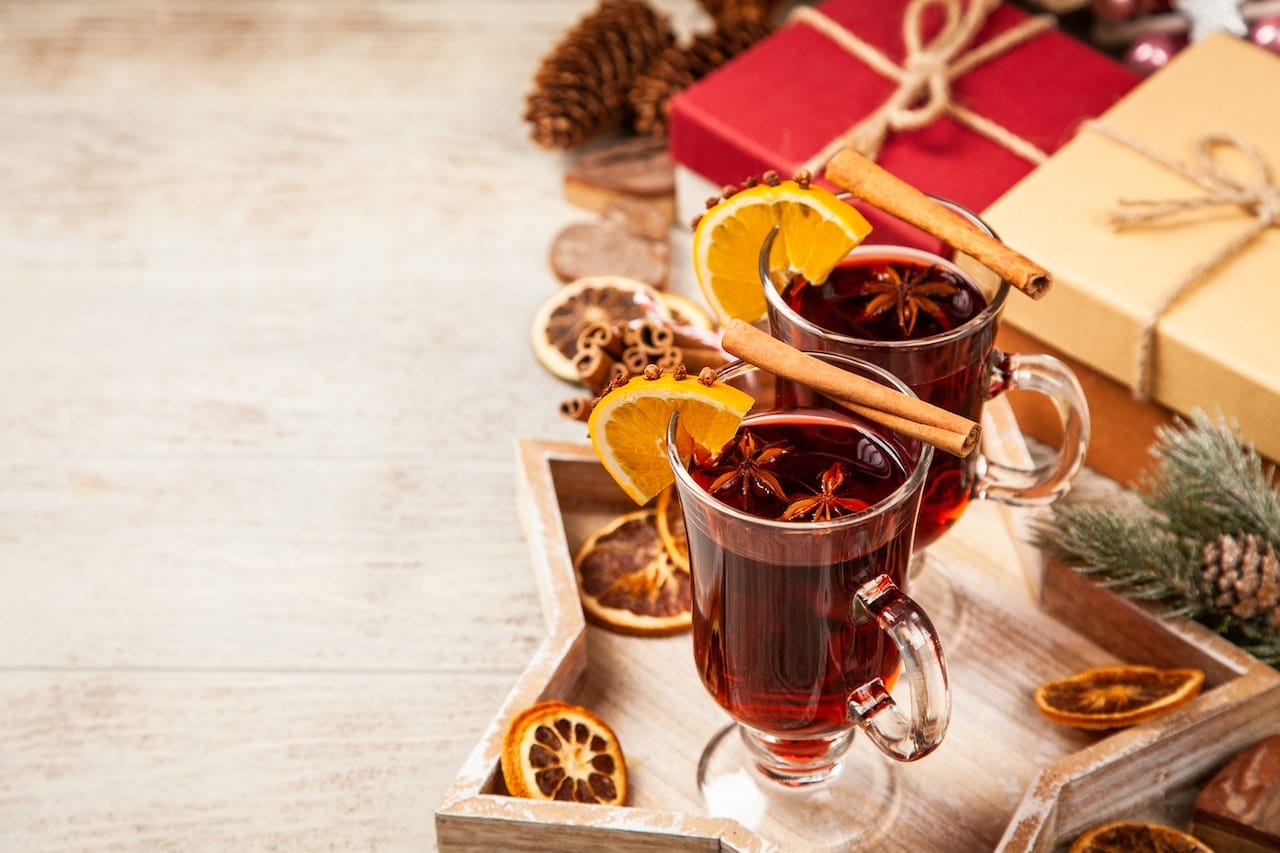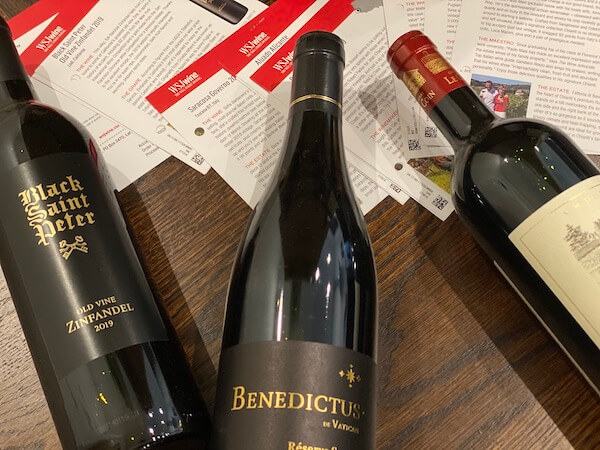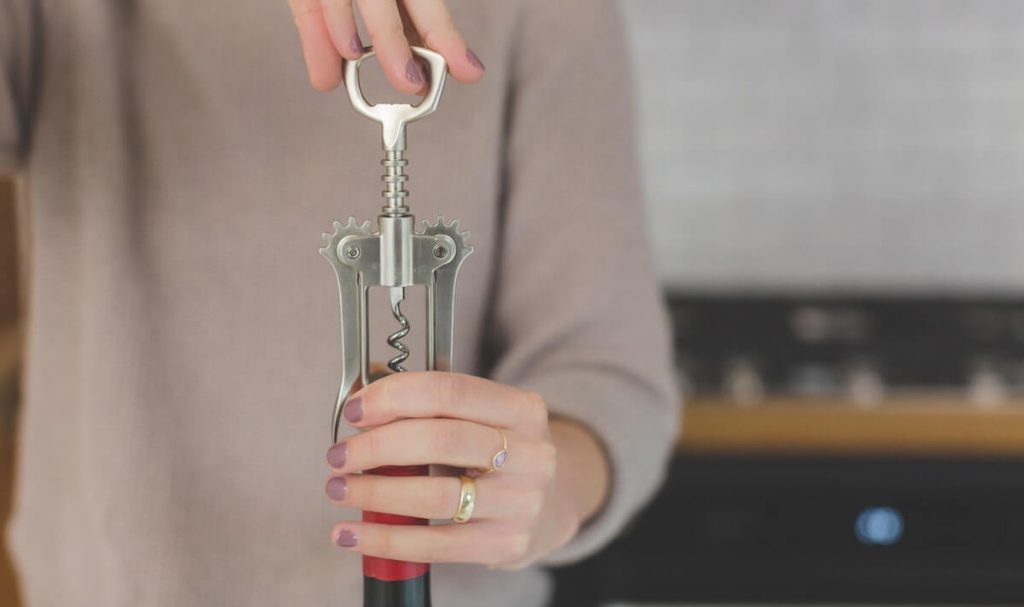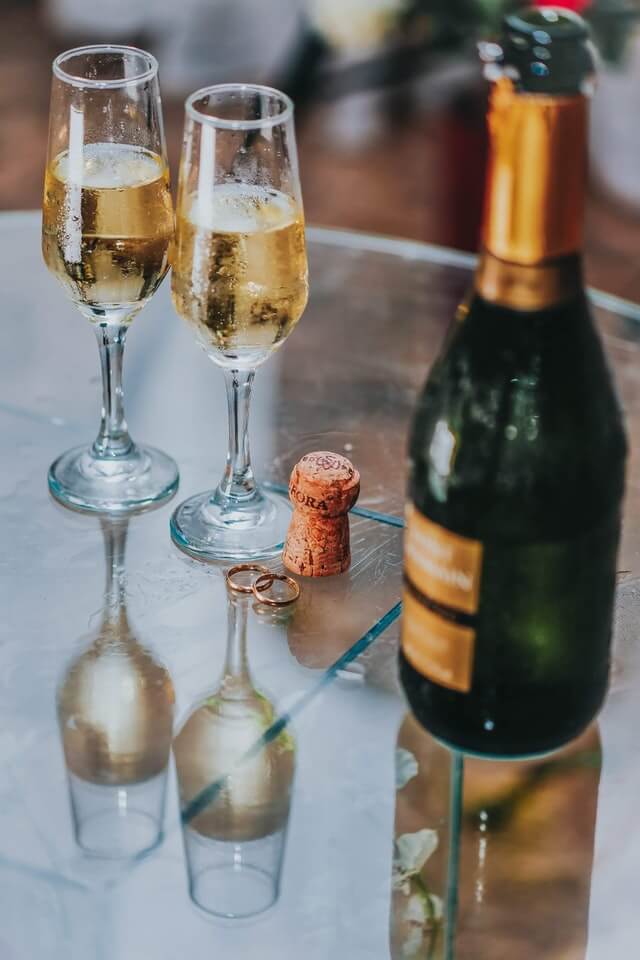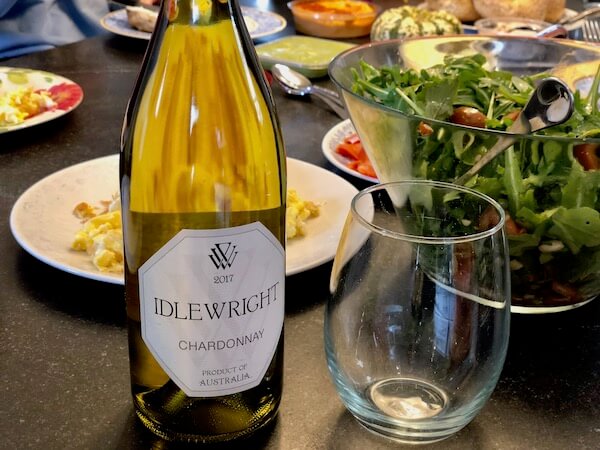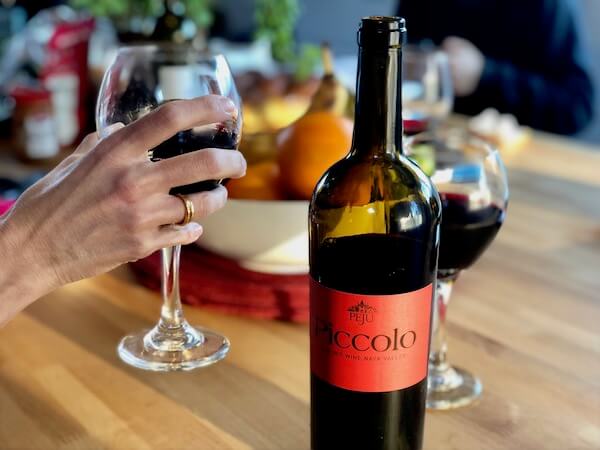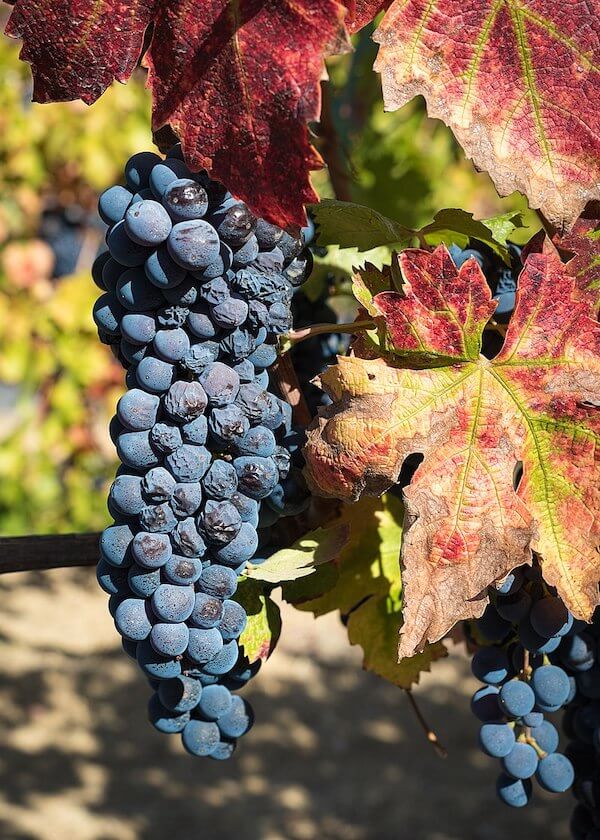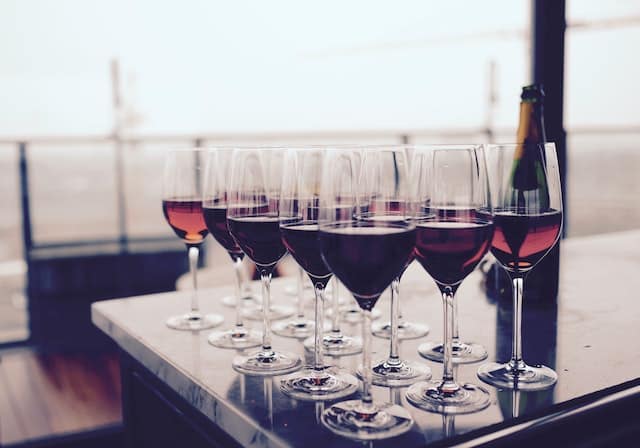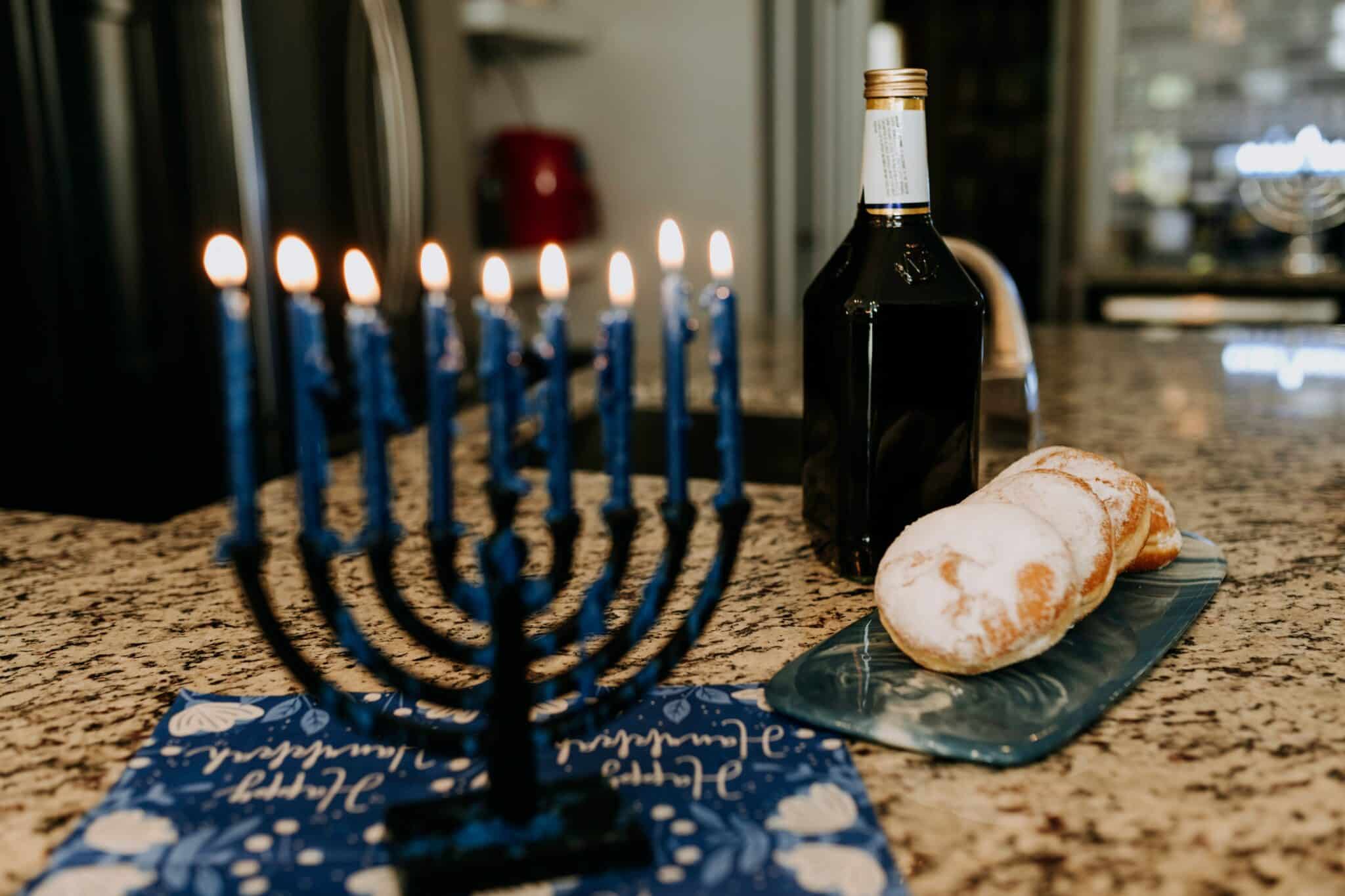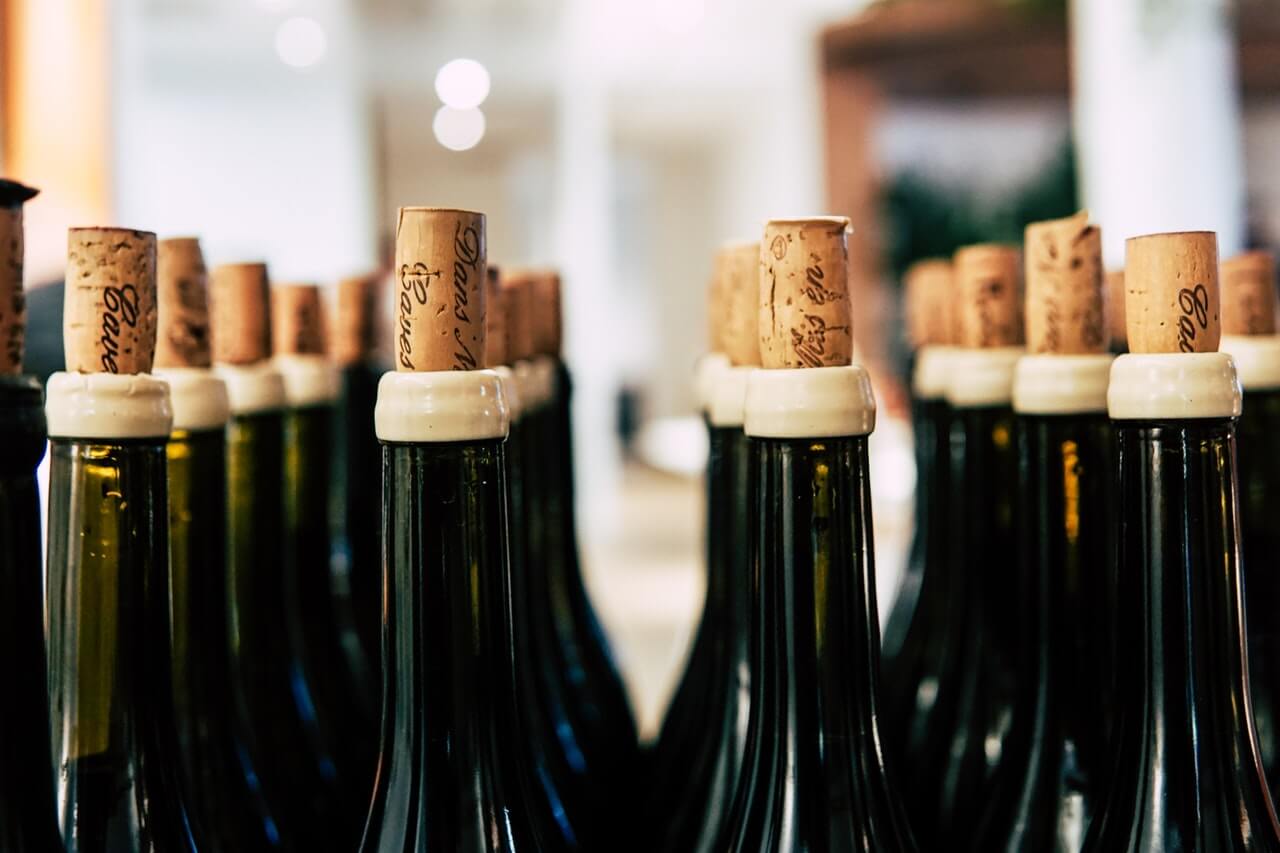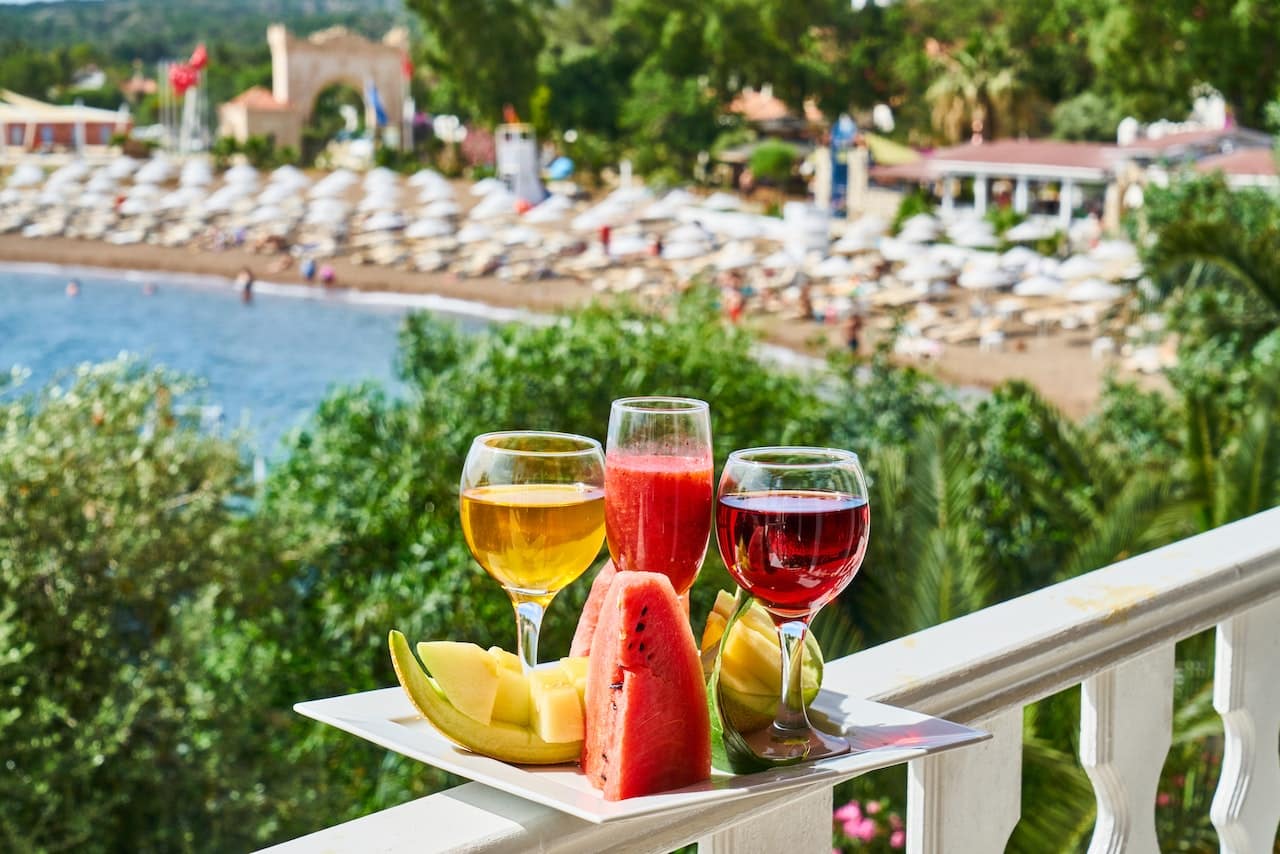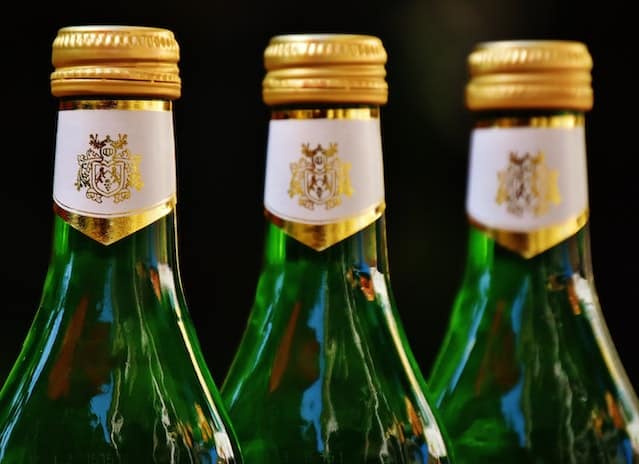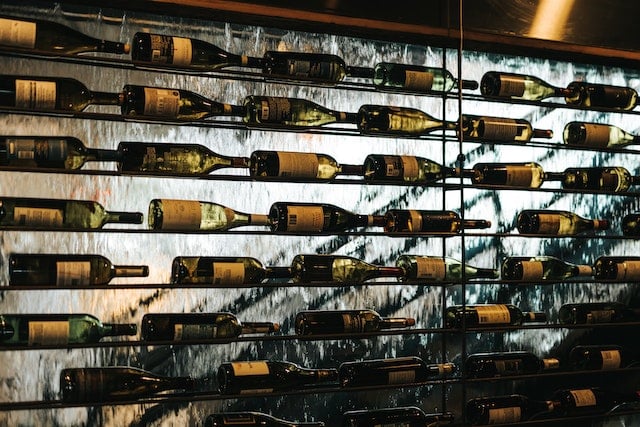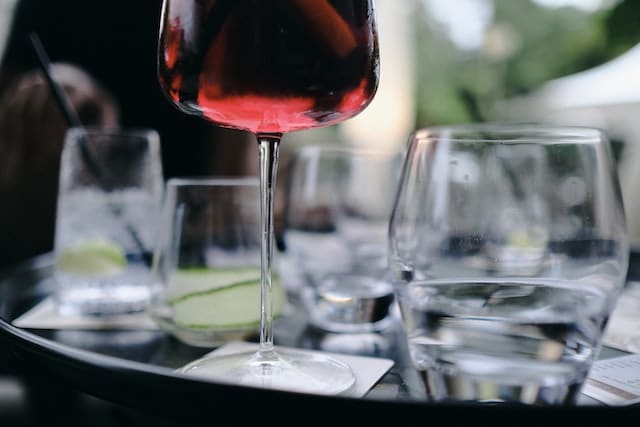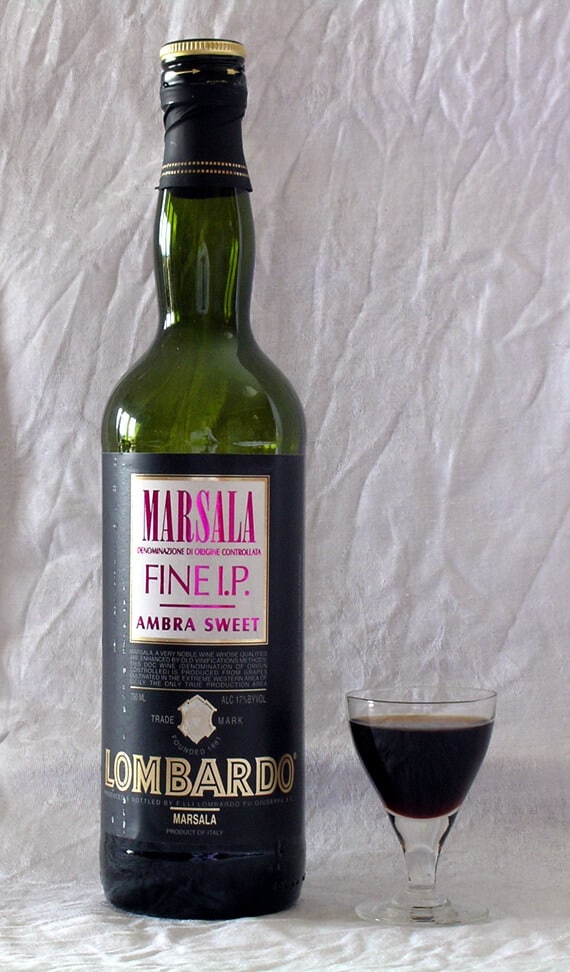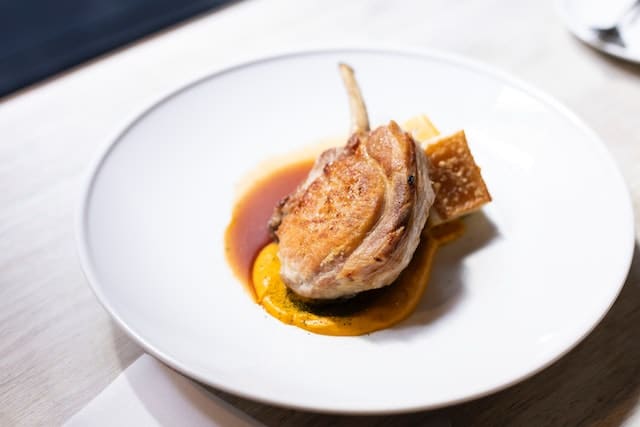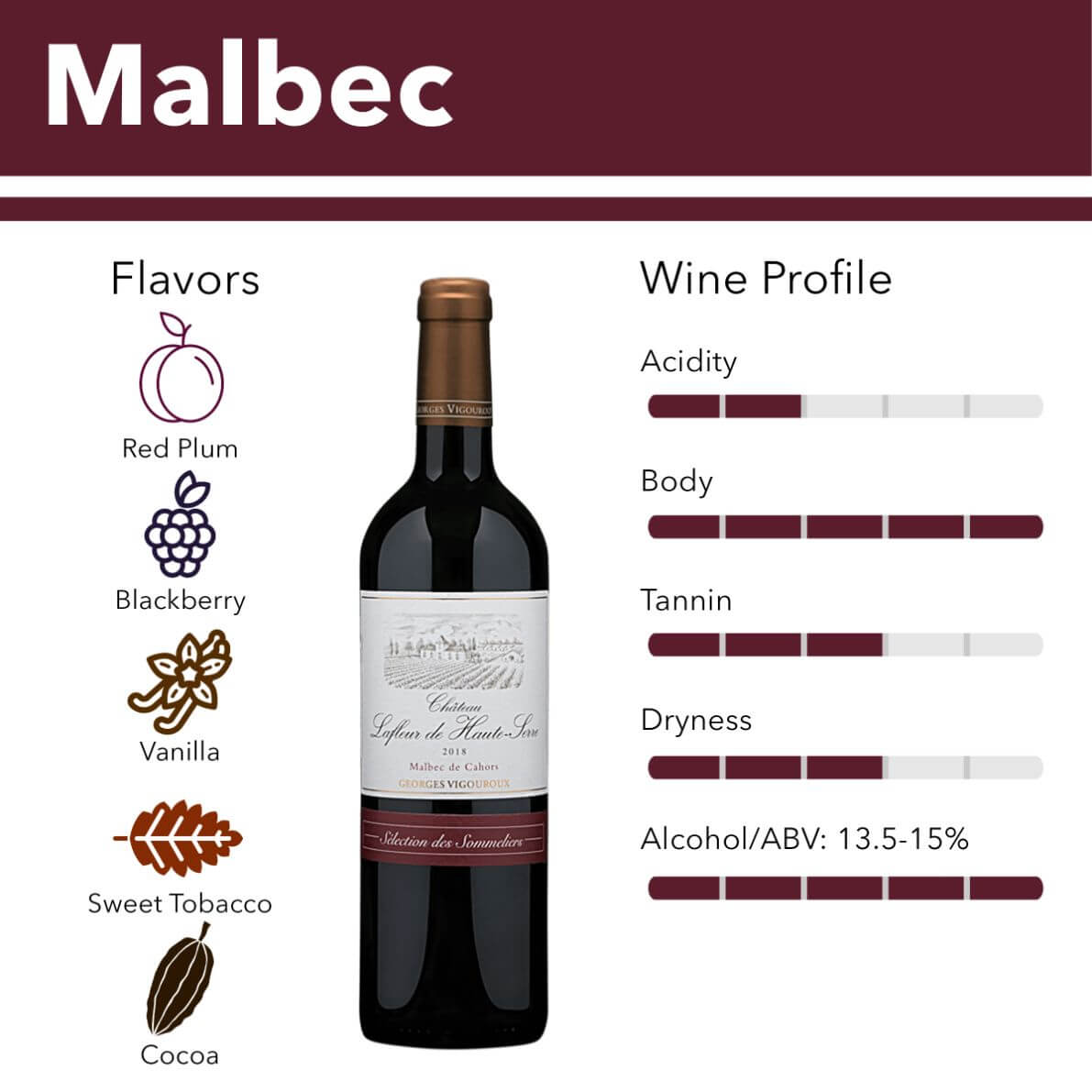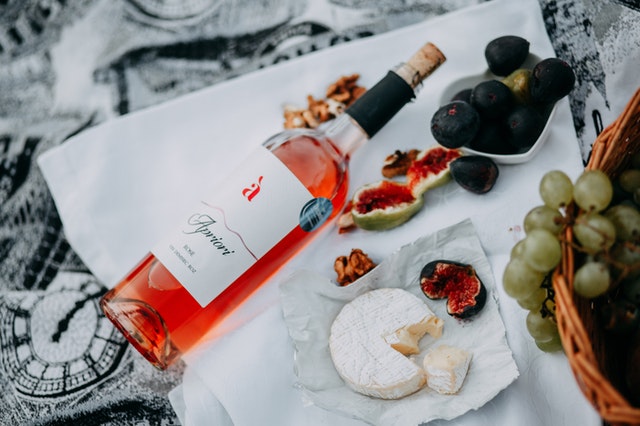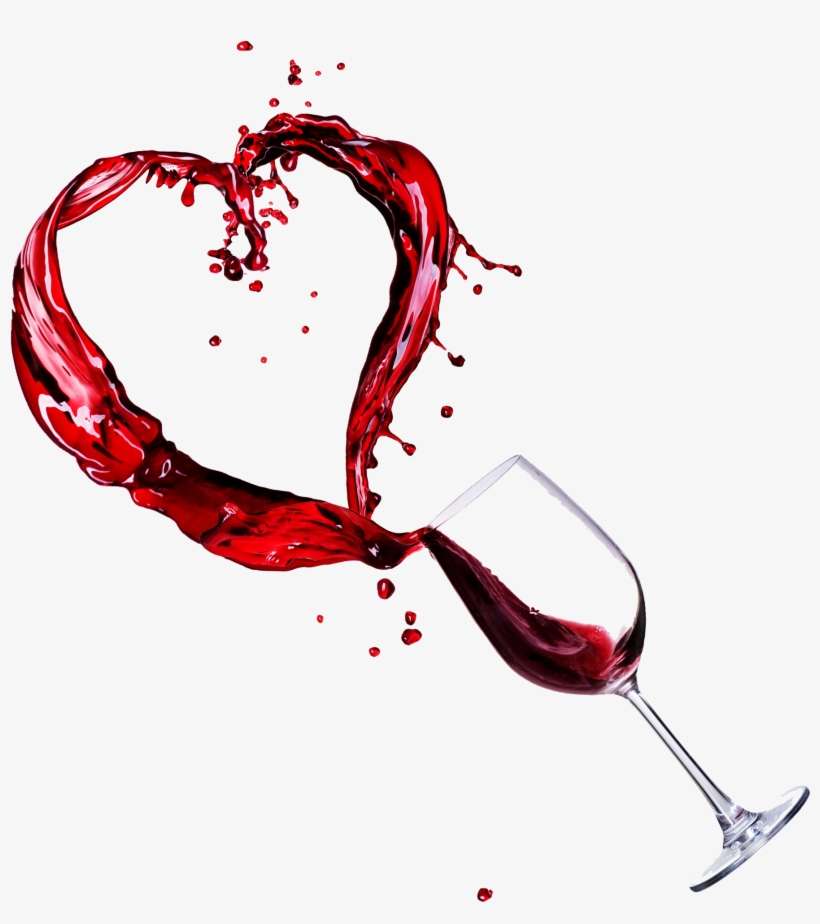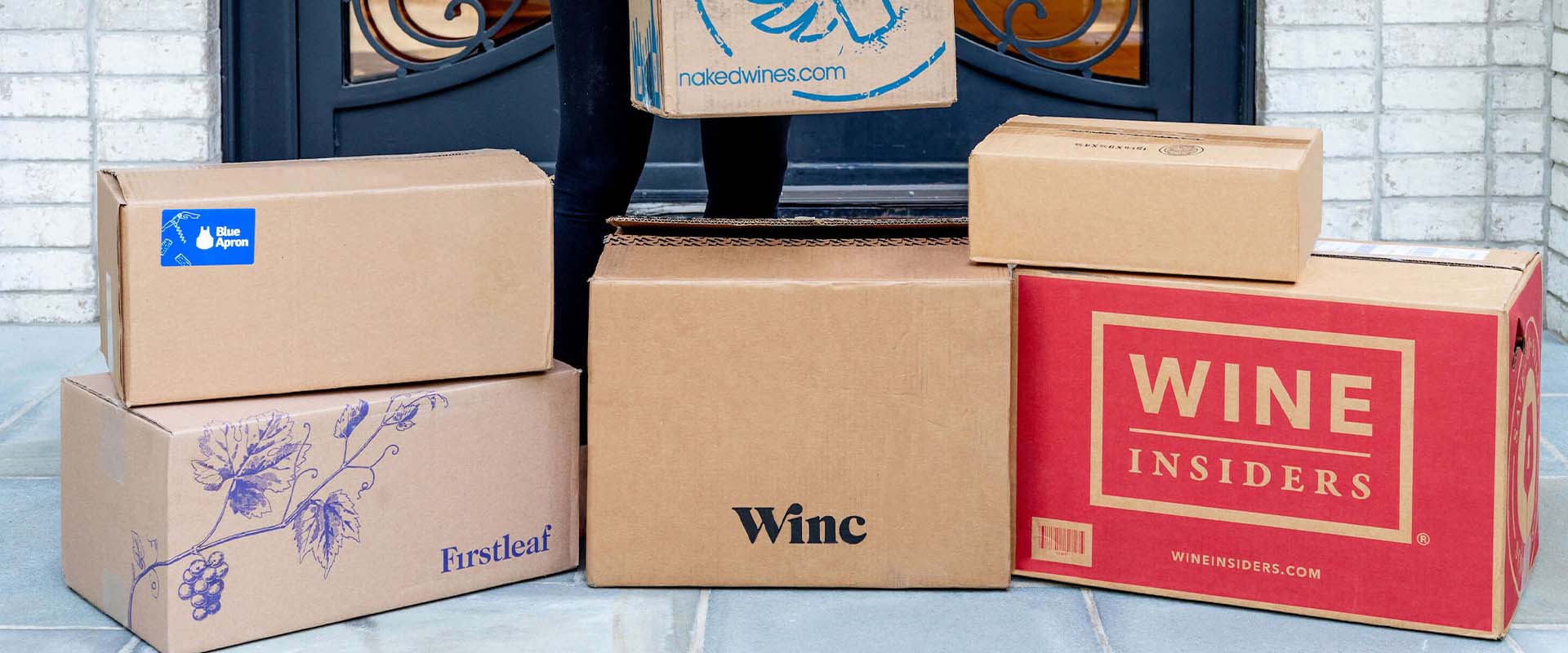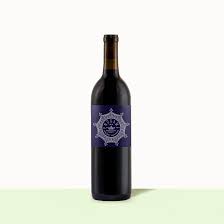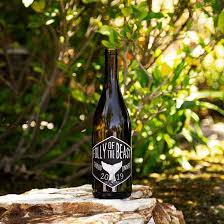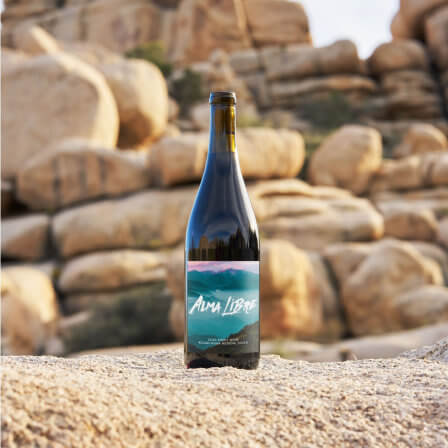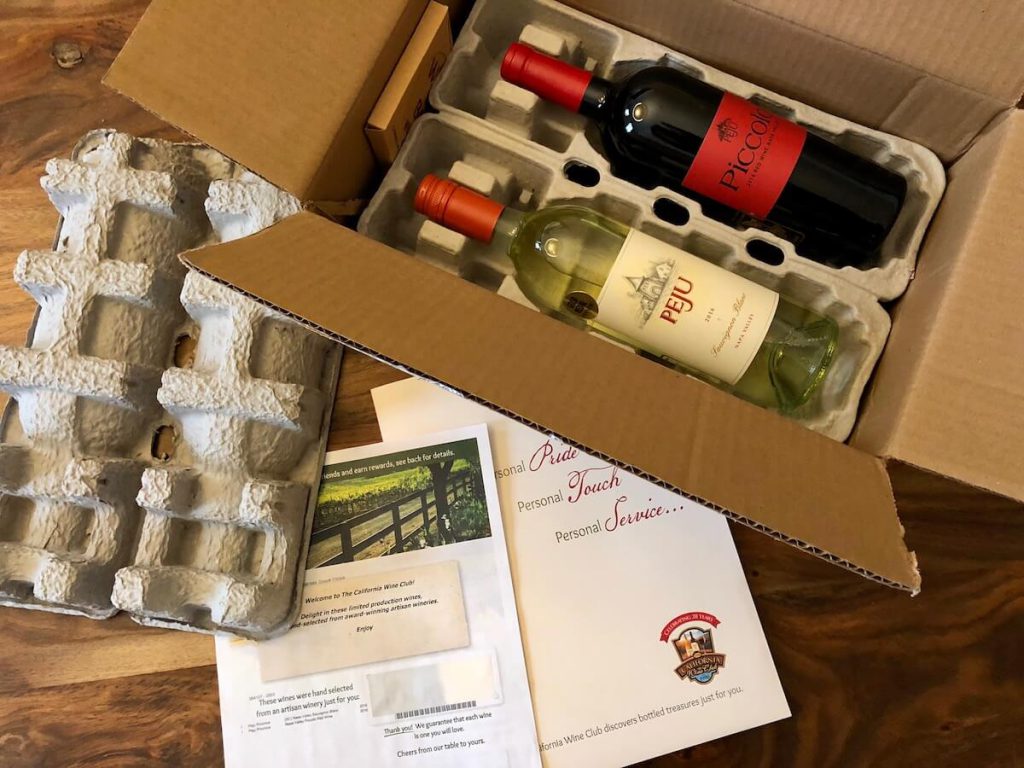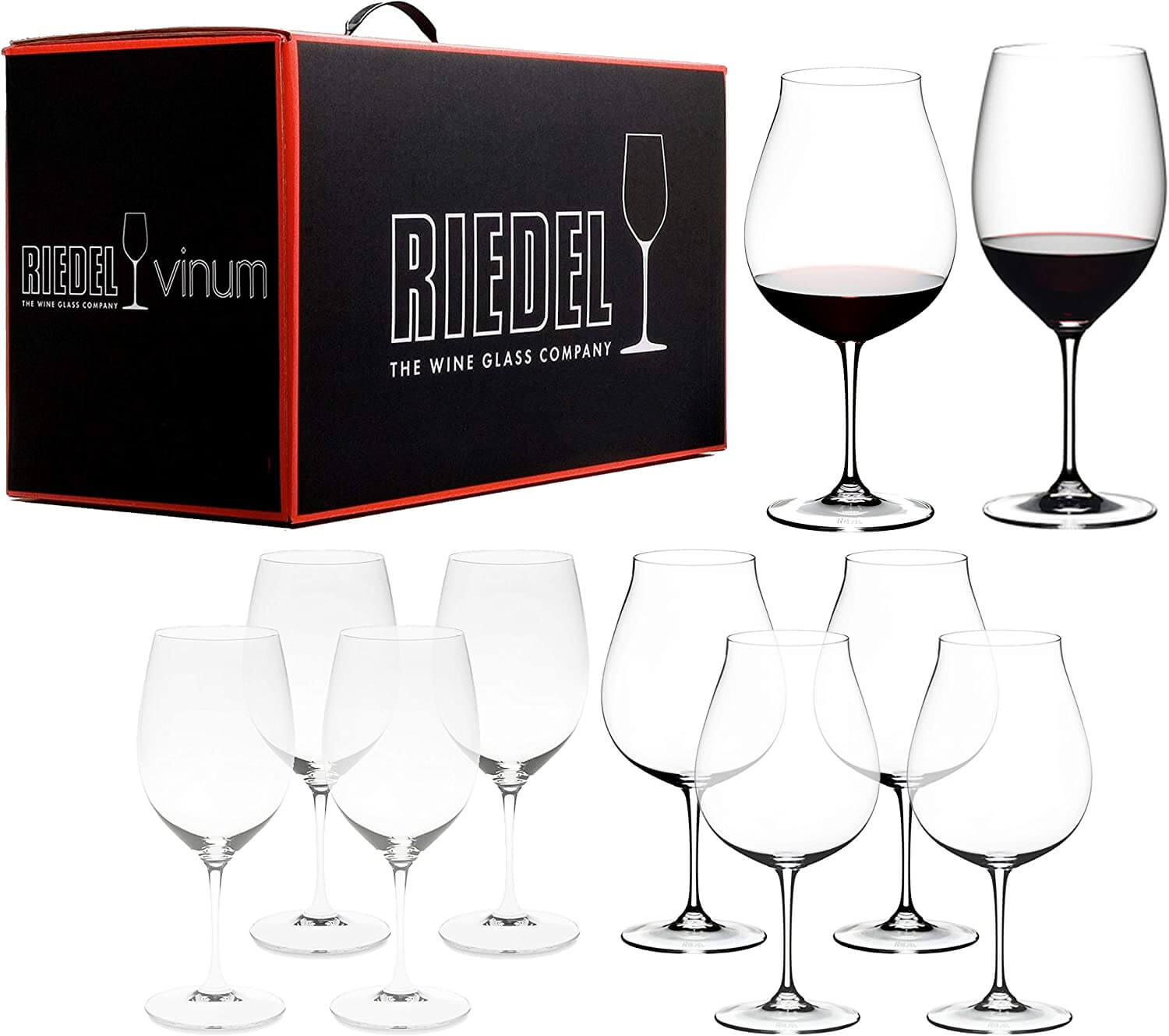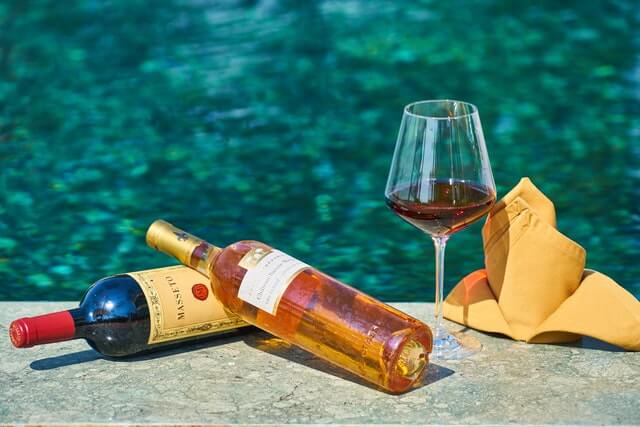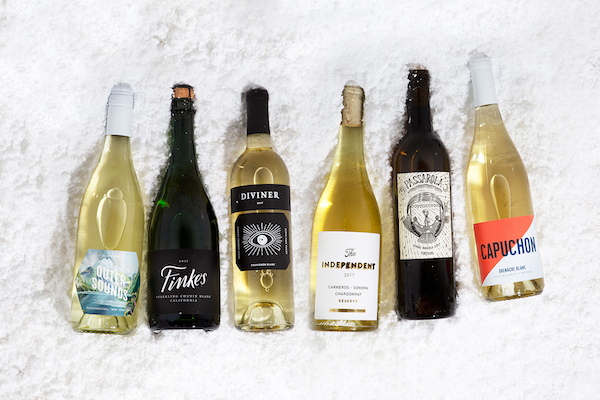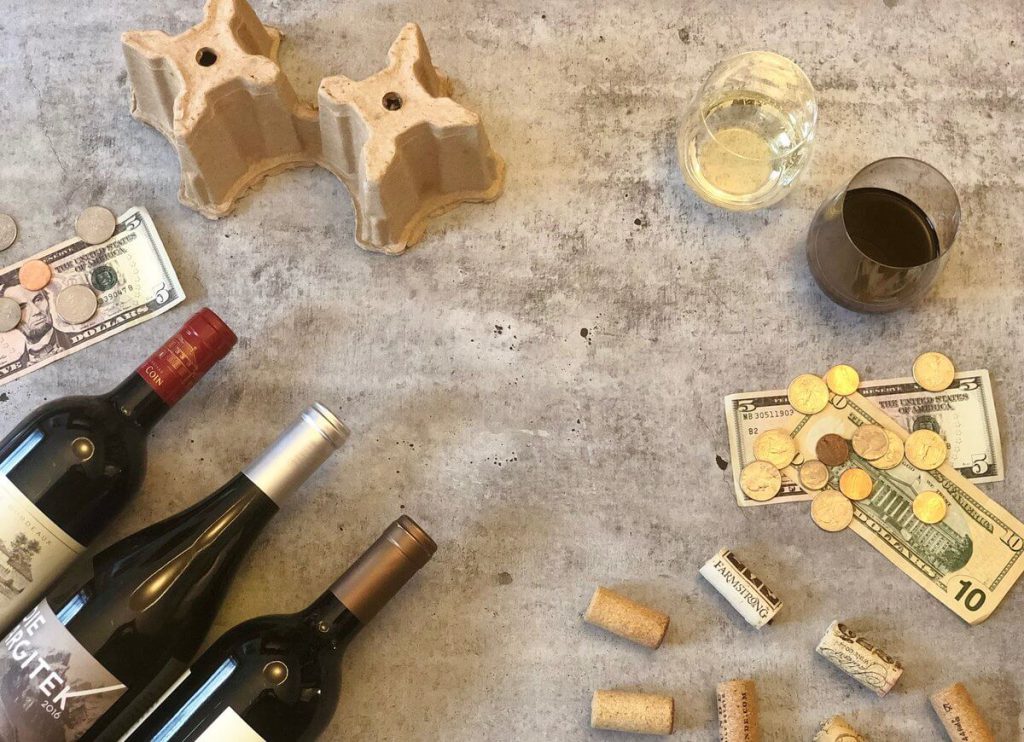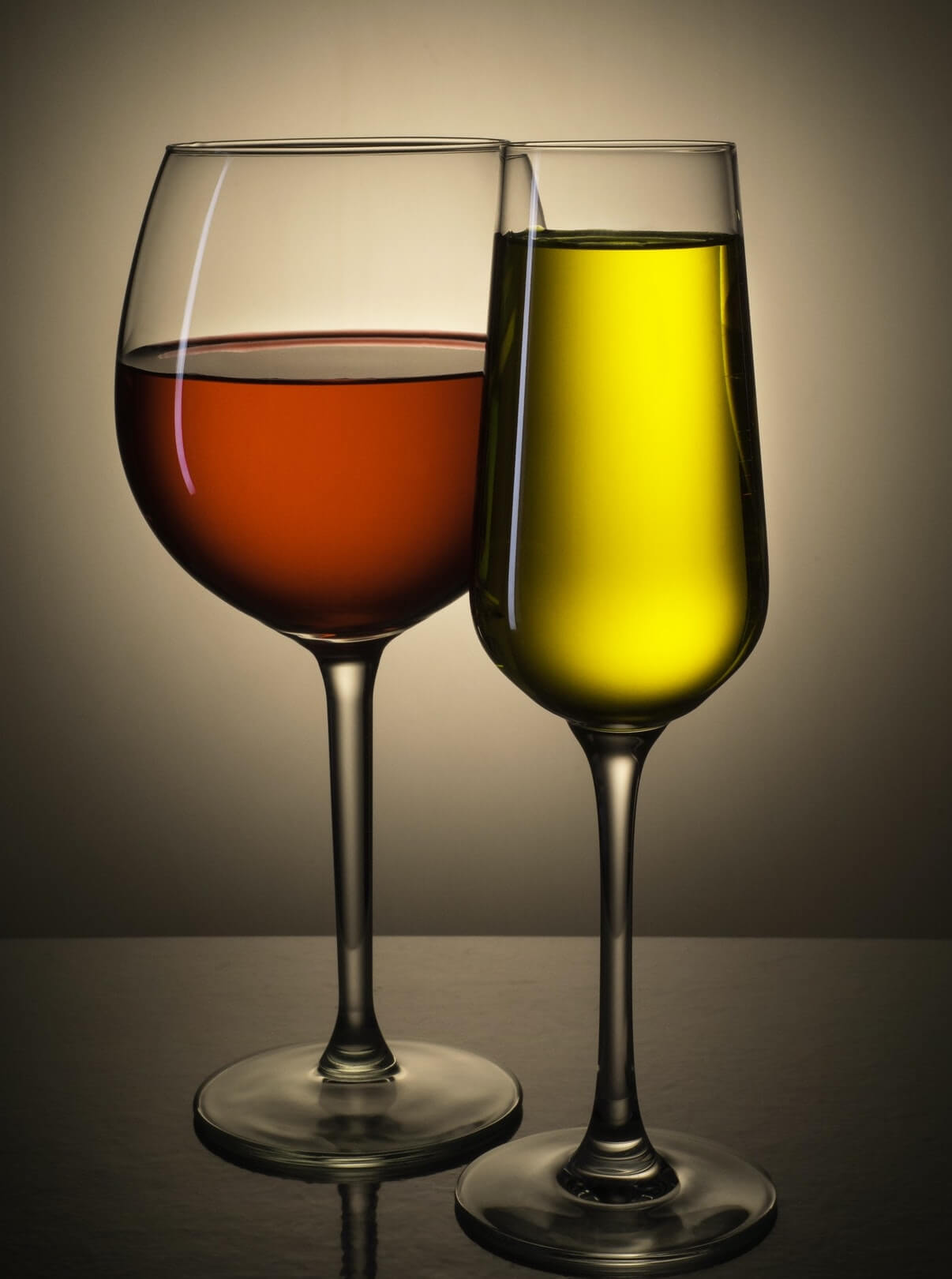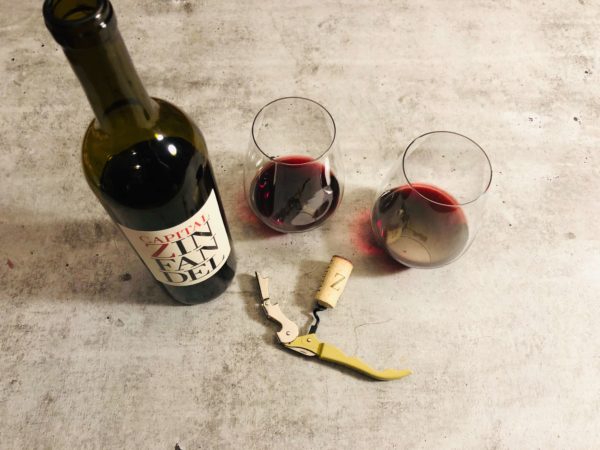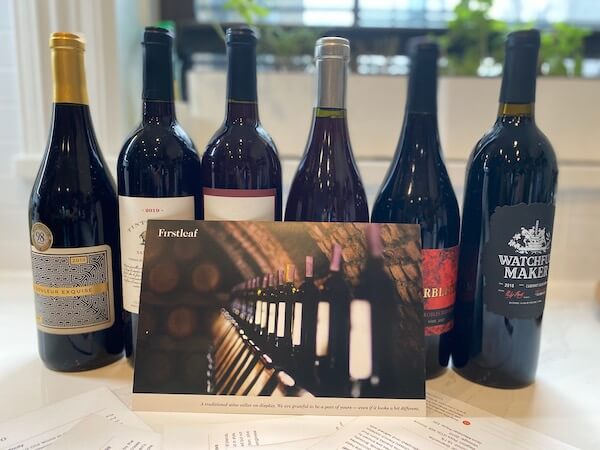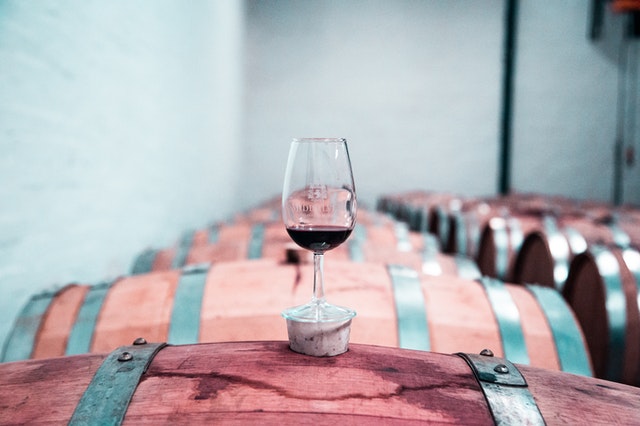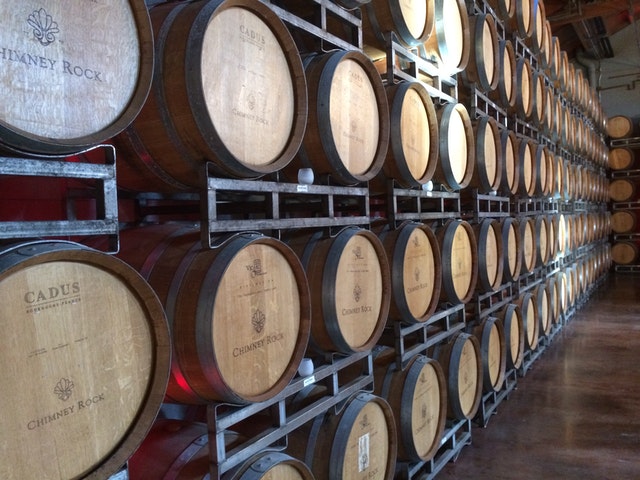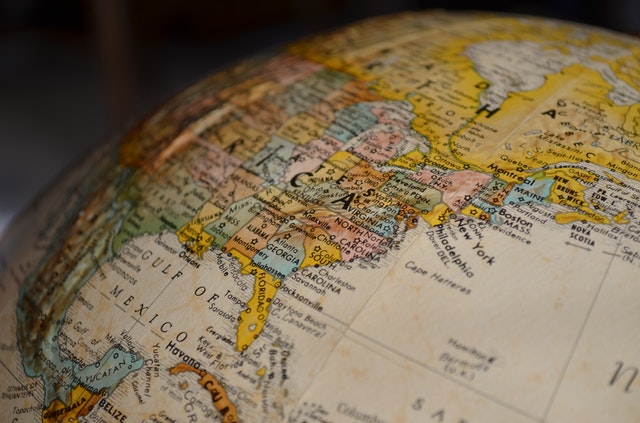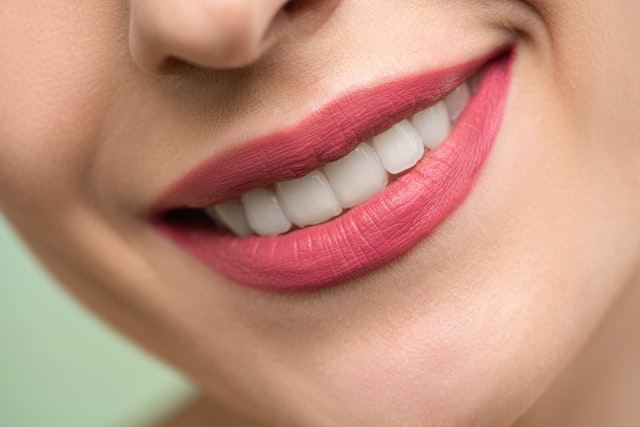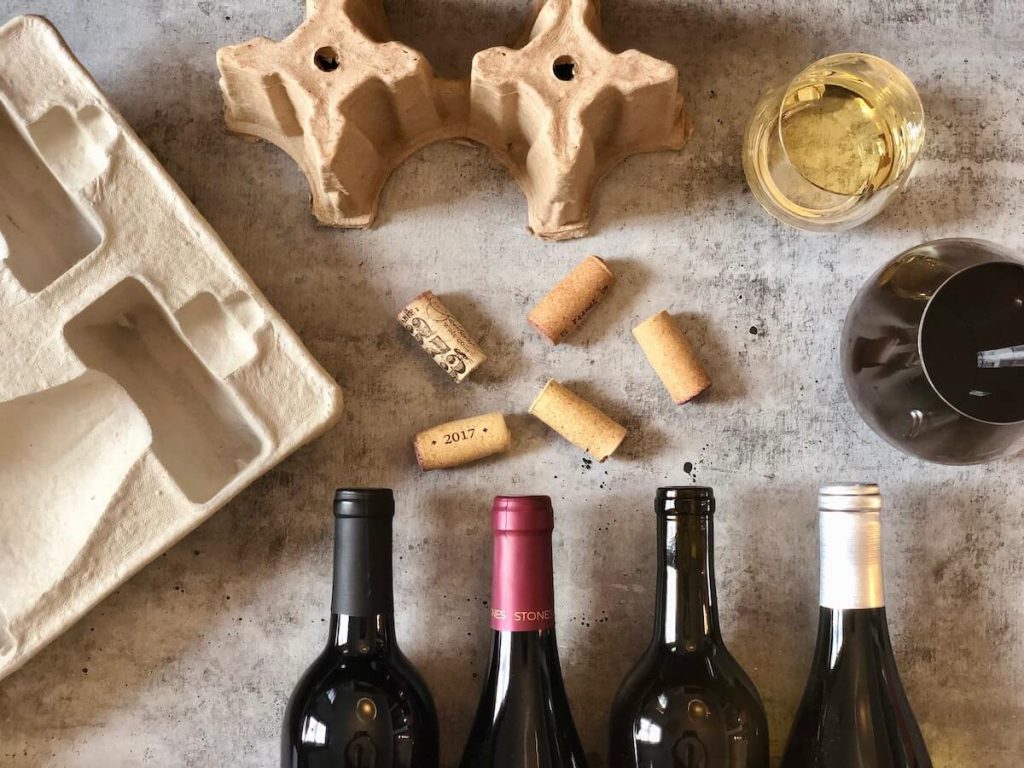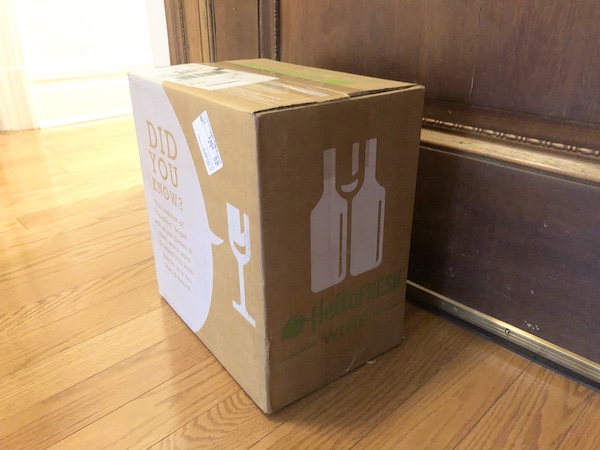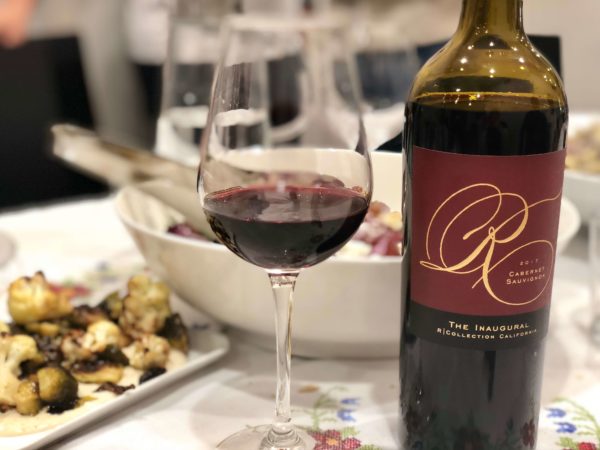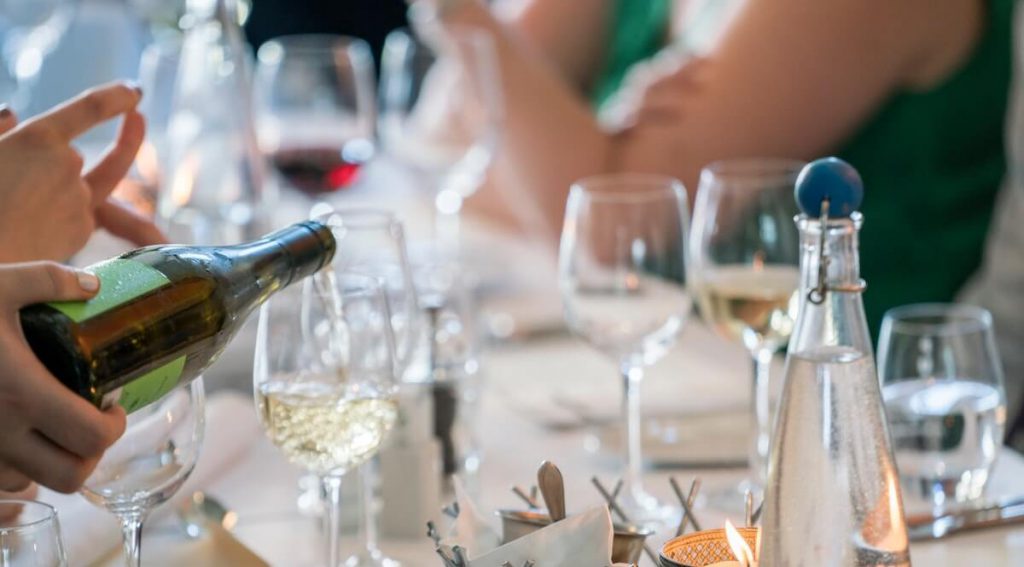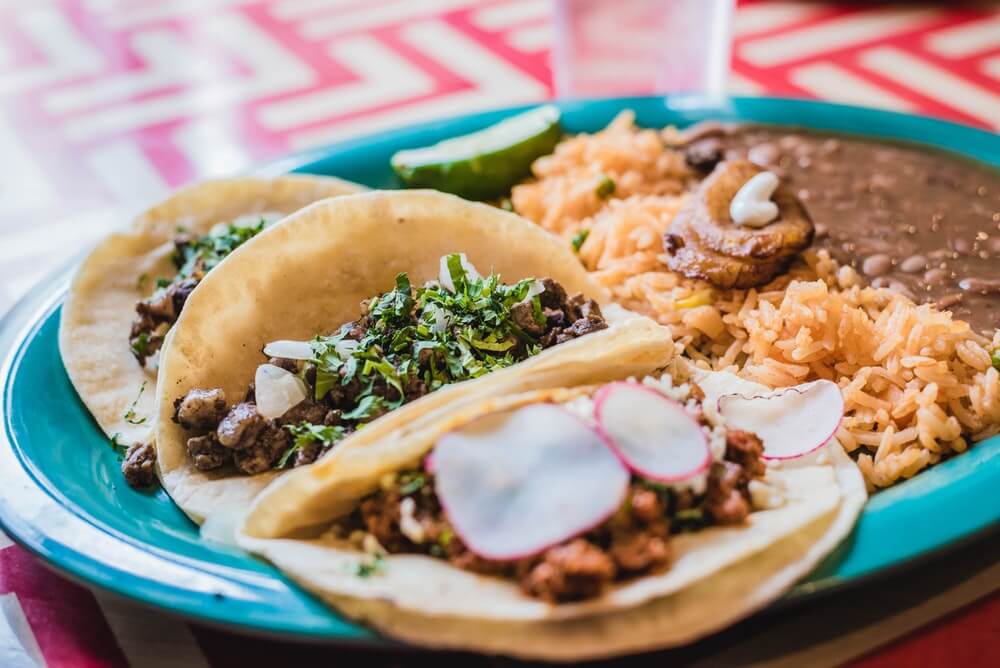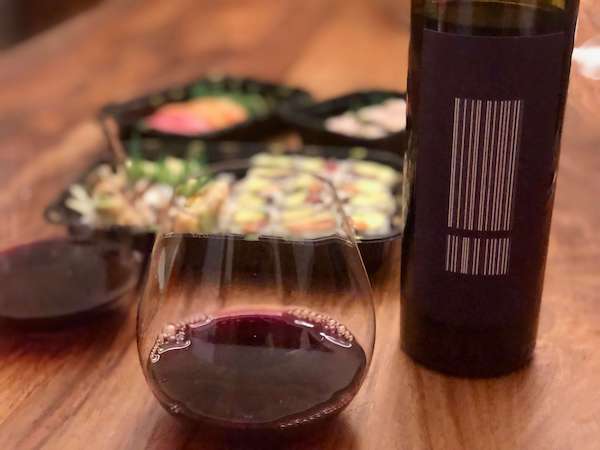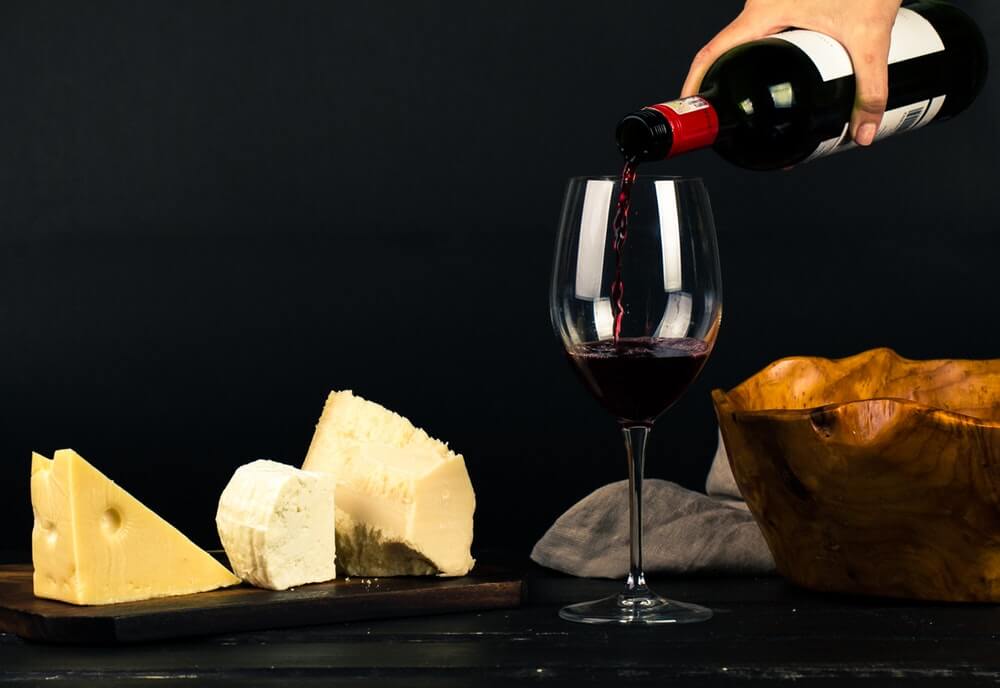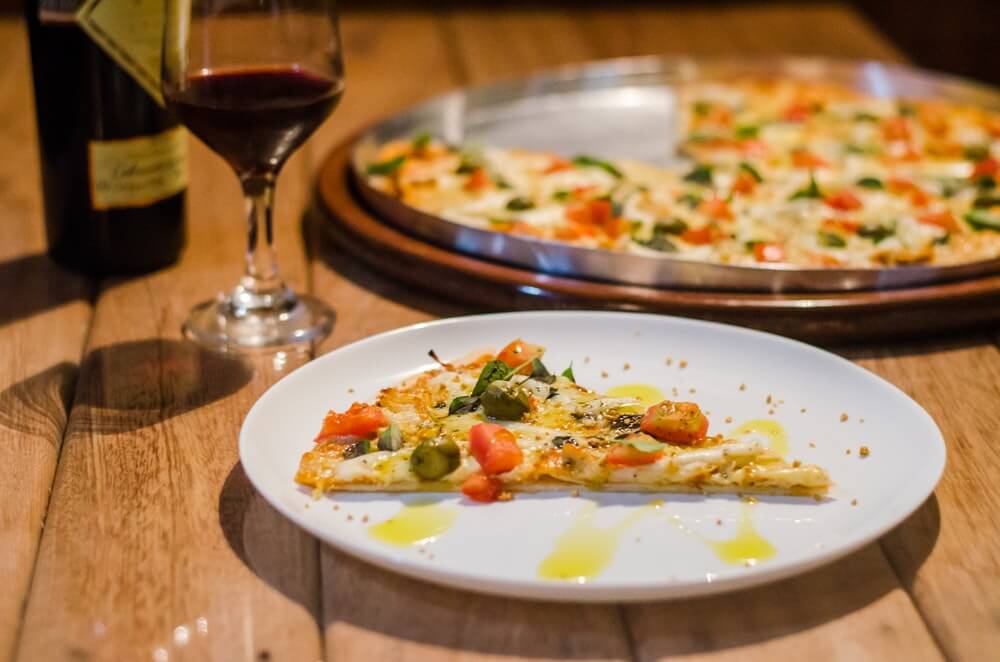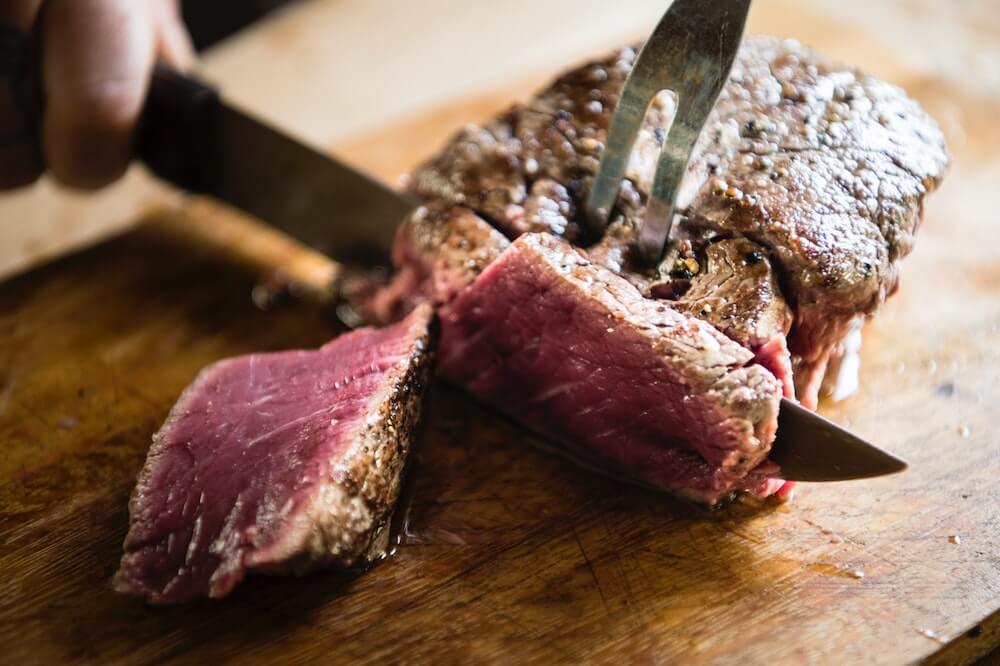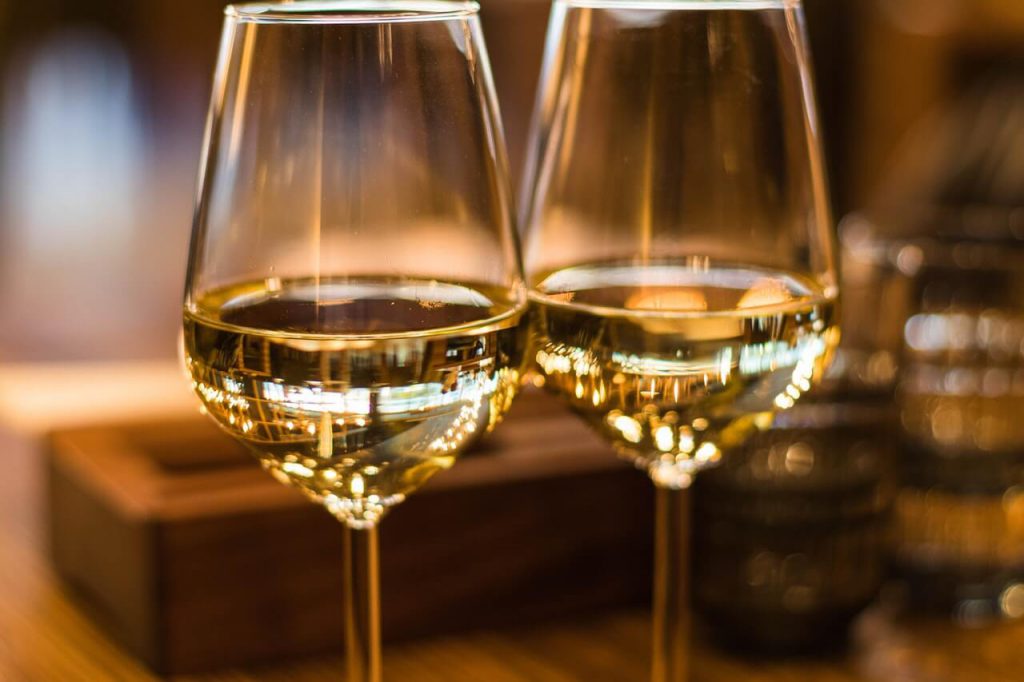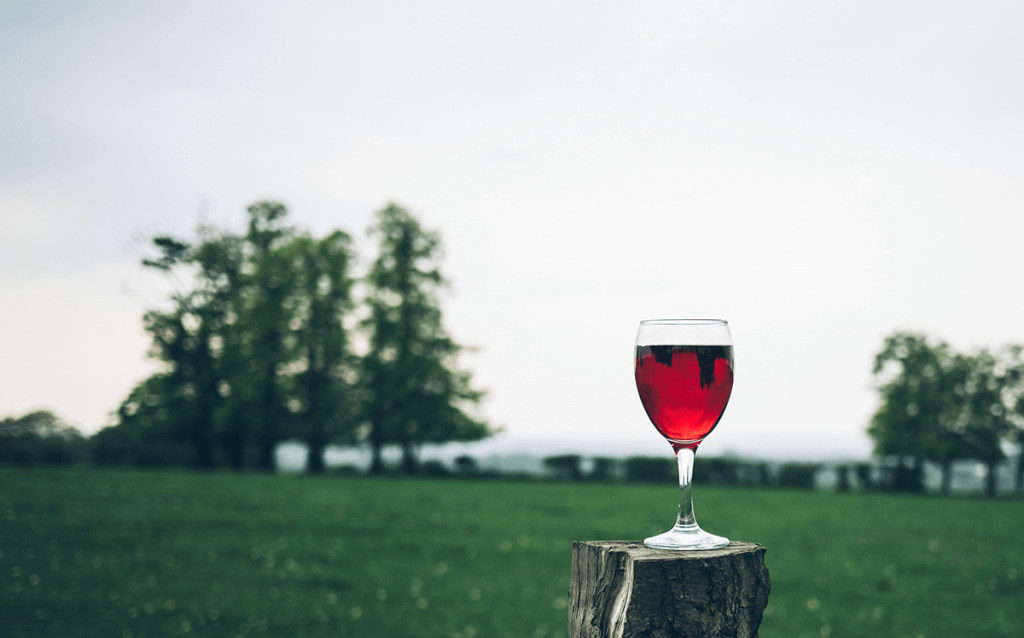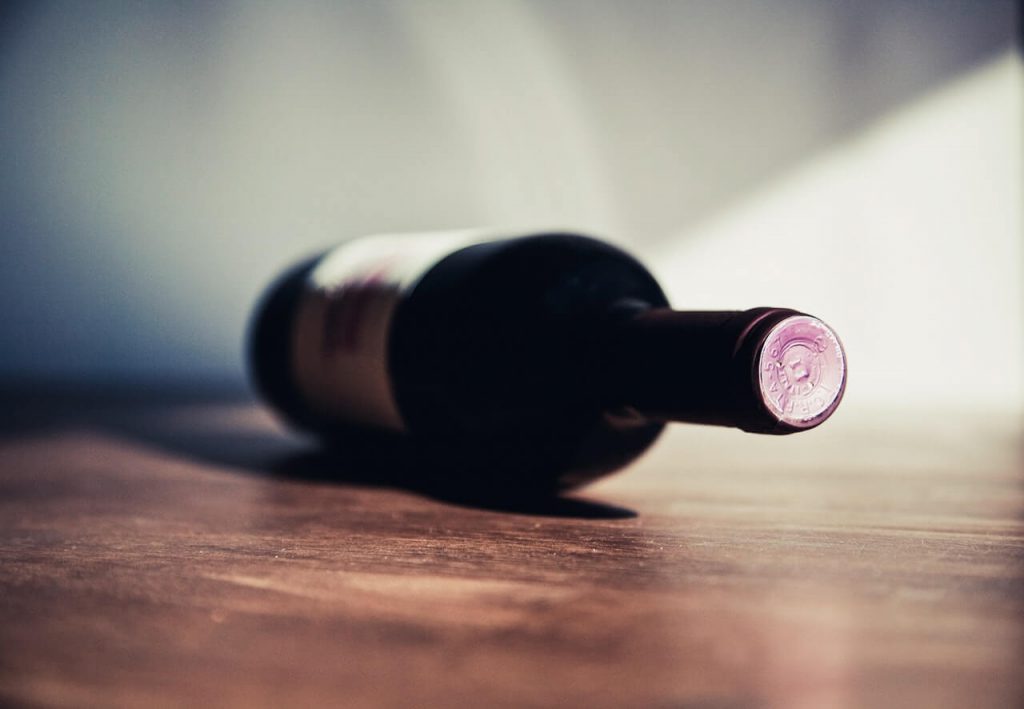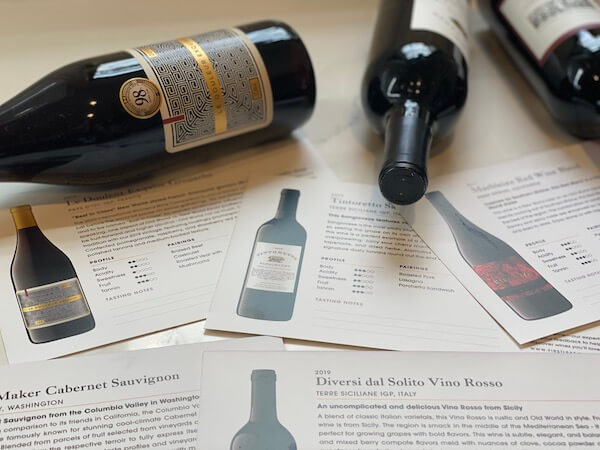Wine can be classified in many ways. However, the main classifications are based on factors such as grape variety, wine color, place of origin, winemaking style, and more.
In this review, we will look into the details of each main wine classification, so you can better understand the wine world.
The Main Different Types Of Wine Classification
Classification of Wines Based On Color
Wine can be classified into three major categories according to color: red wine, white wine, and rosé wine.
Red Wines
Red wine is made from red or black grapes varieties that have been crushed and fermented with their skins on. The skins give the wine its deep red color and tannins, which contribute to its flavor and aging potential.
Some of the most popular red wine varieties include Cabernet Sauvignon, Merlot, Pinot Noir, Syrah, and Zinfandel.
White Wines
White wine is made from white or green grapes, which are pressed and fermented without their skins. As a result, white wine has a light transparent yellowish-to-greenish color and is usually less tannic than red wine.
Some of the most popular white wine varieties include Chardonnay, Sauvignon Blanc, Pinot Grigio, Riesling, and Moscato.
Rosé Wines
Rosé wine is made by allowing red grapes to ferment with their skins for a short period of time, usually between two and twenty-four hours. This process gives the rosé wine a pinkish color and some of the tannins from the skins, but not as much as in red wine.
Some popular rosé wine varieties include Grenache, Sangiovese, Syrah, and Pinot Noir.
Classification of Wines Based On Varietal
This classification is based on the grape variety used to make the wine. For example, wines labeled as “Chardonnay” are made mainly from the Chardonnay grape.
The Five Most Popular White Wine Varietal Classifications
Chardonnay – Chardonnay is one of the world’s most widely planted white wine grape varieties. It is known for its rich, full-bodied flavor, often with butter, vanilla, and oak notes.
Sauvignon Blanc – Sauvignon Blanc is a crisp, refreshing white wine that is often described as having grassy, herbaceous, or tropical fruit flavors. It is popular in regions such as New Zealand, California, and the Loire Valley in France.
Pinot Grigio/Pinot Gris – Pinot Grigio and Pinot Gris are essentially the same grape variety, but they are known by different names in different regions. These wines are light, refreshing, and often have fruity notes such as pear or citrus.
Riesling – Riesling is a versatile grape that can be used to make dry, off-dry, or sweet wines. It is known for its floral aromas and flavors of apple, peach, and apricot. It is most commonly associated with the regions of Germany and Alsace, but it is also grown in other parts of the world.
Gewürztraminer – Gewürztraminer is a highly aromatic white wine that is known for its spicy, floral notes. It is often produced in the Alsace region of France, as well as in Germany, Italy, and the United States.
The Five Most Popular Red Wine Varietal Classifications
Cabernet Sauvignon – Cabernet Sauvignon is one of the most widely planted red wine grape varieties in the world. It is known for its full-bodied, tannic structure and flavors of black currant, blackberry, and cassis. It is often produced in regions such as California, Bordeaux, and Australia.
Merlot – Merlot is a medium to full-bodied red wine that is known for its soft, velvety texture and flavors of red fruit such as cherry and plum. It is often produced in regions such as Bordeaux, California, and Washington State.
Pinot Noir – Pinot Noir is a light to medium-bodied red wine that is known for its delicate, nuanced flavors and aromas of red fruit, earth, and spice. It is often produced in regions such as Burgundy, Oregon, and California.
Syrah/Shiraz – Syrah/Shiraz is a full-bodied red wine that is known for its bold, spicy flavors and aromas of dark fruit, such as blackberry and black cherry. It is often produced in regions such as the Rhône Valley in France, Australia, and California.
Zinfandel – Zinfandel is a medium to full-bodied red wine that is known for its rich, jammy flavors of blackberry, raspberry, and other dark fruit. It is often produced in regions such as California and Italy.
Classification of Wines Based On Regional
This classification is based on the place of origin of the wine. For example, wines from the Bordeaux region of France are labeled as “Bordeaux.”
There are many famous wine regions around the world, each with its unique climate, soil, and grape varieties, which lead to the production of distinct styles of wine.
Here are some of the most famous classifications of wines based on region:
Bordeaux, France – Bordeaux is a region in southwestern France known for producing some of the world’s most iconic red wines. The wines are usually a blend of Cabernet Sauvignon, Merlot, and Cabernet Franc grapes.
Burgundy, France – Burgundy is a region in eastern France famous for producing some of the world’s finest Pinot Noir and Chardonnay wines. The region is divided into several sub-regions, each with its unique terroir and style of wine.
Champagne, France – Champagne region, located in northeastern France, is known for producing sparkling wine. Only sparkling wines produced in this region can legally be called “Champagne.”
Tuscany, Italy – Tuscany is a region in central Italy known for producing high-quality Sangiovese-based red wines such as Chianti, Brunello di Montalcino, and Vino Nobile di Montepulciano.
Rioja, Spain – Rioja is a region in northern Spain known for producing medium-bodied red wines made from Tempranillo grapes. The wines are often aged in oak barrels, which imparts them with a unique flavor profile.
Napa Valley, California – Napa Valley is a region in California known for producing some of the world’s finest dark red Cab Sauvignon and Chardonnay wine bottles. The region is also home to many boutique wineries and vineyards that produce small-batch wines.
Classification of Wines Based On Appellation
This classification is similar to regional, but it is more specific and regulated by law. It takes into account factors such as grape variety, winemaking practices, and geography.
Overall, the classification of wines based on appellation is a way of ensuring that wines are made in a consistent and quality-driven manner while also promoting the unique characteristics of the wine’s place of origin.
For example, wines from the Chablis appellation must be made from Chardonnay grapes and must meet certain standards.
The following are some of the most famous appellations:
Appellation d’Origine Contrôlée (AOC) – This is the French system of wine classification, which has strict rules governing the production of wines from specific regions in France. For example, wines produced in the Bordeaux AOC must be made using specific grape varieties, such as Cab Sauvignon, Merlot, and Cabernet Franc.
Denominazione di Origine Controllata (DOC) – This is the Italian system of wine classification, which is similar to the French AOC system. Wines produced within a DOC must follow strict production guidelines and be made from specific grape varieties.
Vino de Calidad con Indicación Geográfica (VCIG) – This is the Spanish system of wine classification, which is similar to the French and Italian systems. VCIG wines are produced within a specific geographic area and must follow strict production guidelines.
American Viticultural Area (AVA) – This is the United States system of wine classification, which is based on geographic regions that are known for producing high-quality wines. AVA wines must be made from at least 85% of grapes grown within the designated AVA.
Wines Classification Based On Residual Sugar Content
Even though the residual sugar content is only one factor that contributes to a wine’s overall taste profile, wines can be classified based on their residual sugar content into several categories:
Dry Wines
These wines have very little residual sugar content, usually less than 1 gram per liter. Dry wines are typically crisp and acidic, with a clean finish.
Off-Dry Wines
These wines have slightly more residual sugar than dry wines, typically between 1 and 2 grams per liter. Off-dry wines can have a hint of sweetness and are often balanced with acidity.
Semi-Sweet Wines
These wines have a noticeable sweetness, with residual sugar content between 2 and 4 grams per liter. Semi-sweet wines can be fruity and have a pleasant mouthfeel.
Sweet Wines
These wines have a high residual sugar content, typically more than 4 grams per liter. Sweet wines are often dessert wines and can be very rich and syrupy.
Wines Classification Based On The Wine Body
Wines can also be classified based on their body, which is determined by the wine’s texture and weight on the palate. The following are the common wine classifications based on the body.
Light-Bodied Wines
These wines feel lighter on the palate and have lower alcohol content. They are typically more refreshing and easy to drink, with flavors that are delicate and subtle. Examples of light-bodied wines include Riesling, Pinot Grigio table wine, and Beaujolais Nouveau.
Medium-Bodied Wines
These wines have a moderate weight on the palate and a slightly higher alcohol content than light-bodied wines. They have more body and complexity than light-bodied wines, with flavors that are more pronounced. Examples of medium-bodied wines include Merlot, Chardonnay, and Cabernet Franc.
Full-Bodied Wines
These wines have a rich and full texture on the palate, with higher alcohol content and more intense flavors. They are often aged for longer periods and can have a more complex flavor profile. Examples of full-bodied wines include Cabernet Sauvignon and Zinfandel.
Sparkling Wines Classification
This classification is for wines with carbon dioxide bubbles, which can be natural or added during winemaking. Examples include Champagne, Prosecco, and Cava.
Dessert Wines Classification
Dessert wines are sweet wines typically served after a meal or with dessert. There are several different classifications of dessert wines, based on factors such as production method, different varieties of grapes, and sweetness level.
Here are some of the main dessert wine classifications:
Fortified Wine – Fortified wines are made by adding a distilled spirit, such as brandy, to the wine during the production process. This raises the alcohol content and stops the fermentation, resulting in a sweeter wine. Examples of fortified wines include Port, Sherry, and Madeira.
Late Harvest Wine – Late harvest wines are made from grapes that have been left on the vine longer than usual, allowing them to develop higher sugar levels. The grapes are then harvested later in the season, resulting in a sweeter wine. Examples of late-harvest wines include Sauternes, Tokaji, and German Trockenbeerenauslese.
Ice Wine – Ice wines are made from grapes that have been left on the vine until they freeze, typically in late autumn or early winter. The frozen grapes are then pressed, resulting in a highly concentrated juice that is fermented into a sweet wine. Examples of ice wines include Canadian Ice Wine and German Eiswein.
Noble Rot Wine – Noble rot is a type of fungus that can infect grapes under specific weather conditions, causing them to shrivel and concentrate their sugars. These grapes are then harvested and used to make sweet wines with a unique flavor profile. Examples of noble rot wines include Sauternes and Hungarian Tokaji Aszu.
Aperitif Wine – Aperitif wines are sweet wines that are typically served before a meal to stimulate the appetite. Examples of aperitif wines include Vermouth, Lillet, and Aperol.
Final Notes
As you can see in this review, there are many different ways to classify wines. The classification of wine is essential for several reasons, such as quality assurance, pricing, taste, and more.
Overall, classification systems provide a framework for evaluating and understanding wines while promoting wine standards and protecting the integrity of the wine industry.
Feel free to visit our blog if you want to know even more about wines and the wine world – such as wine pairings for dinner, best wine clubs to try, and more.

